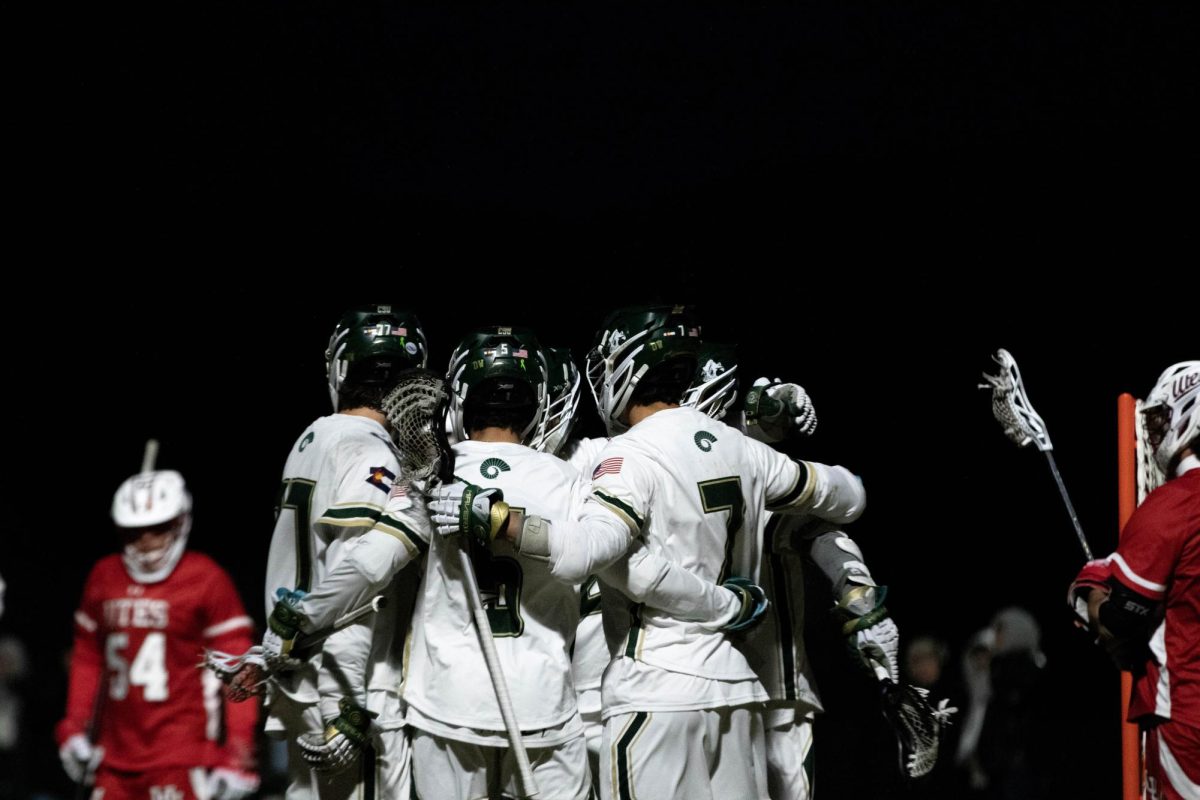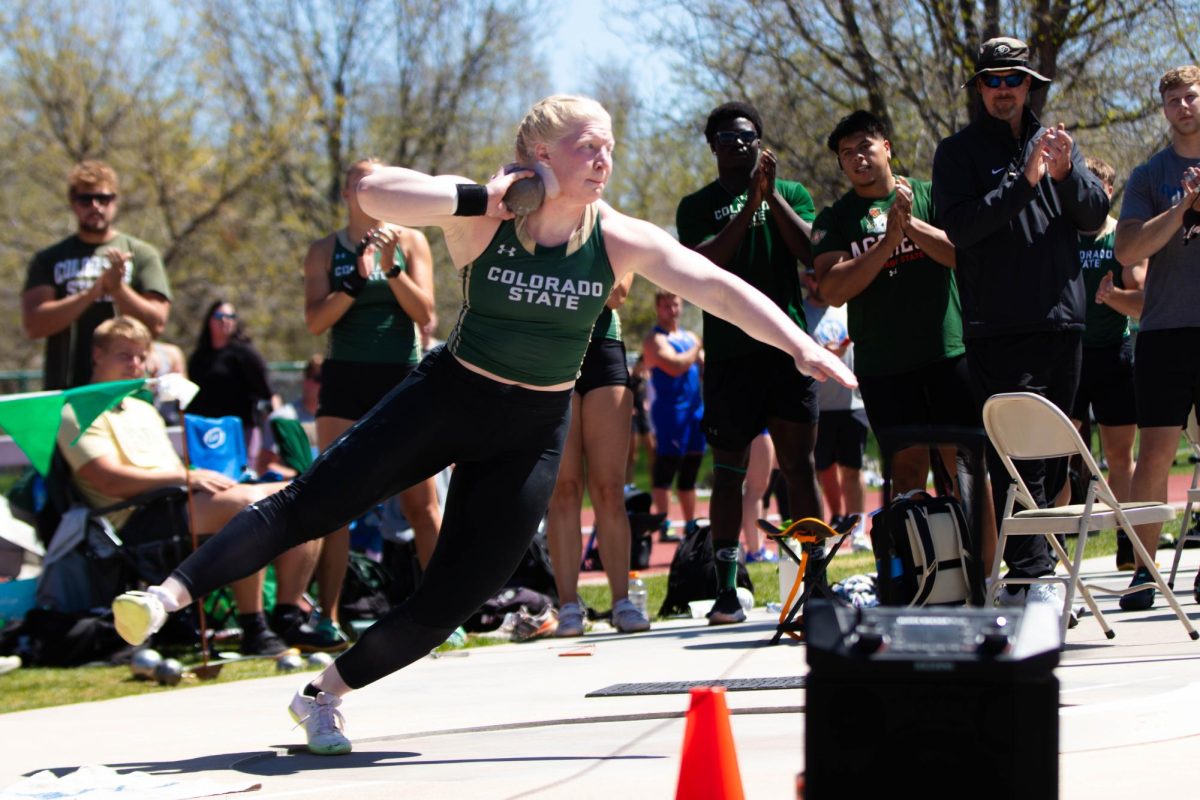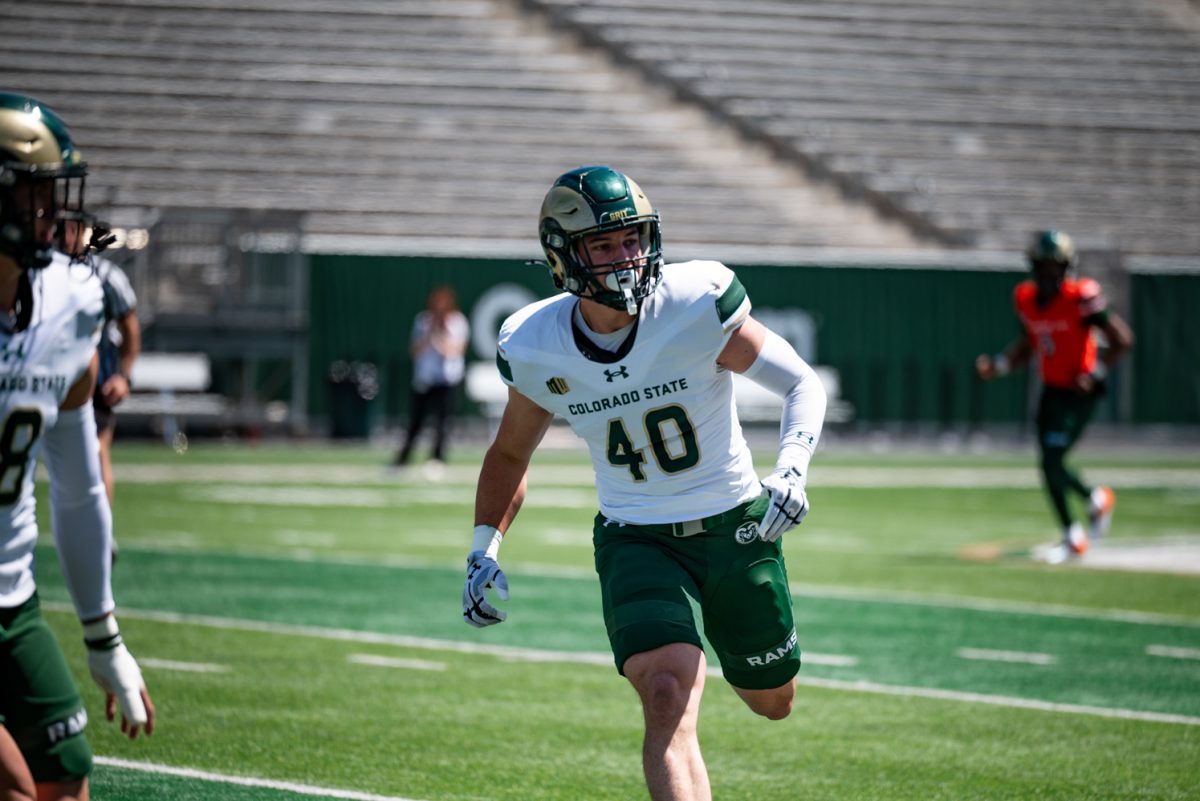Every year, the NCAA’s Athletic Department releases revenue reports to dispel any concerns there might be about corruption or misappropriation of funds in college athletics.
As it stands now, an outsider’s understanding of how universities and the NCAA interact will never satisfy someone who has questions about university spending. Just looking at what information is most readily available to the public only raises more questions.
Colorado State University’s Deputy Director of Athletics Steve Cottingham acknowledges that athletics is one of the most scrutinized areas of University spending and reports are available because of that.
“Athletics is probably the most transparent and scrutinized of anything,” Cottingham said. “No college publishes a report like this.”
To understand the reports, you would have to be an accountant or someone intimately integrated into the everyday minutia of an athletic department.
Still, not being able to clearly understand how a public institution runs its finances can be unnerving.
One thing that is important to understand about those aforementioned reports is that while they only reflect the Athletic Department’s revenues and expenditures, they are a University effort. They’re supposed to reflect all the earning and spending that ultimately benefits athletics, even if the contribution came from another unit on campus.
“The money that people see in TV contracts or what coaches make, those are are the numbers that I think lead people to maybe question whether players should be paid,” Cottingham said. “But all those dollars and cents are in this report, there’s really no other way to say that…”
There are no easily available documents that show exactly where athletic money flows into the University’s overall budget, as shown in accountability reports. That may be the biggest detriment to understanding athletic finances and trusting where money is spent.
The University does, for example, release a 678-page breakdown of its financials. But that’s 678 pages to decipher that most of the public does not have the time for.
CSU and other universities put out yearly accountability reports and Athletic Department revenue reports, which are put together under NCAA guidelines, mainly for the purpose of transparency on tuition and athletic spending.
It’s not hard to see why that is. Many reports say that NCAA revenue now exceeds $1 billion, but at least one report claimed the NCAA made $2 billion in revenue and $1 billion in actual profit in 2010 off of intercollegiate athletics. More close to home for CSU, Canvas Stadium took in about $13.1 million net income in its first year. Officials at Colorado State maintain those numbers as misleading.
“The money that people see in TV contracts or what coaches make, those are the numbers that I think lead people to maybe question whether players should be paid,” Cottingham said. “But all those dollars and cents are in this report. There’s really no other way to say that.”
Cottingham dove further into the issue, specifically regarding men’s basketball.
“Almost all of the NCAA’s revenue comes from the men’s basketball television contract,” Cottingham said. “That basically funds the running of the NCAA and their staff, the other 30 or so championships. None of them cover their own cost.”
One of the essential questions among this issue is where profits from athletics go if they do not go into athletics. With Canvas Stadium’s net income returning a $4.6 million surplus, where does it go and where is it shown in relation to the University?
“Basically, $3 million (of the surplus) went to stadium reserve… essentially putting it into a savings account for the future,” Cottingham said. “We moved an extra $1.1 million back into athletics … and $500,000 back to the broader University to use for academic purposes.”
Although that’s reassuring, it brings us back to the question of where that $500,000 will be shown in the school’s overall budget.
None of the answers given by the Athletic Department really answered that question. That being said, it’s not surprising that the average person can’t grasp these points with what’s currently and easily available out of an an almost $1.15 billion dollar budget.
“With any complex organization, to some degree, you’ve got the 50,000-foot view,” Cottingham said. “You’ve got to drill down and keep going down to ‘til you’ve got to your question and there’s no shortcut really to do that.”
Along the same lines, Director of Public Affairs for CSU, Mike Hooker added his own explanation of the confusing figures.
“When things are complicated, it’s reasonable to look in a broad sense,” Hooker said. “You understand how your car works to a degree, but somebody else down the street might be able to go deeper. Your knowledge may be good for explaining general things. That’s why there are different levels to these reports. It’s the intro to the owner’s manual versus the repair guide.”
That all makes a lot of sense but dealing with so much money is another reason it makes sense to scrutinize as well. Dealing with so much money and only giving it a very general overview helps make corruption possible.
That’s not to say corruption is happening at CSU, but the possibility exists at any university with our current system of reporting.
While those doing the accounting, like Cottingham, may very well see no room for scrutiny and trust that money is spent responsibly, it still makes sense for the public to raise these types of questions until everybody’s clear on the way funds are spent.
Taking that thinking one level further, maybe a report mapping out how the University’s overall budgets and athletic budgets interact would earn the NCAA and its universities less scrutiny. As it stands right now, it’s just hard to see proof from 50,000 feet up.
Mack Beaulieu is a reporter for the Collegian and can be reached at sports@collegian.com or on twitter @Macknz_James.







